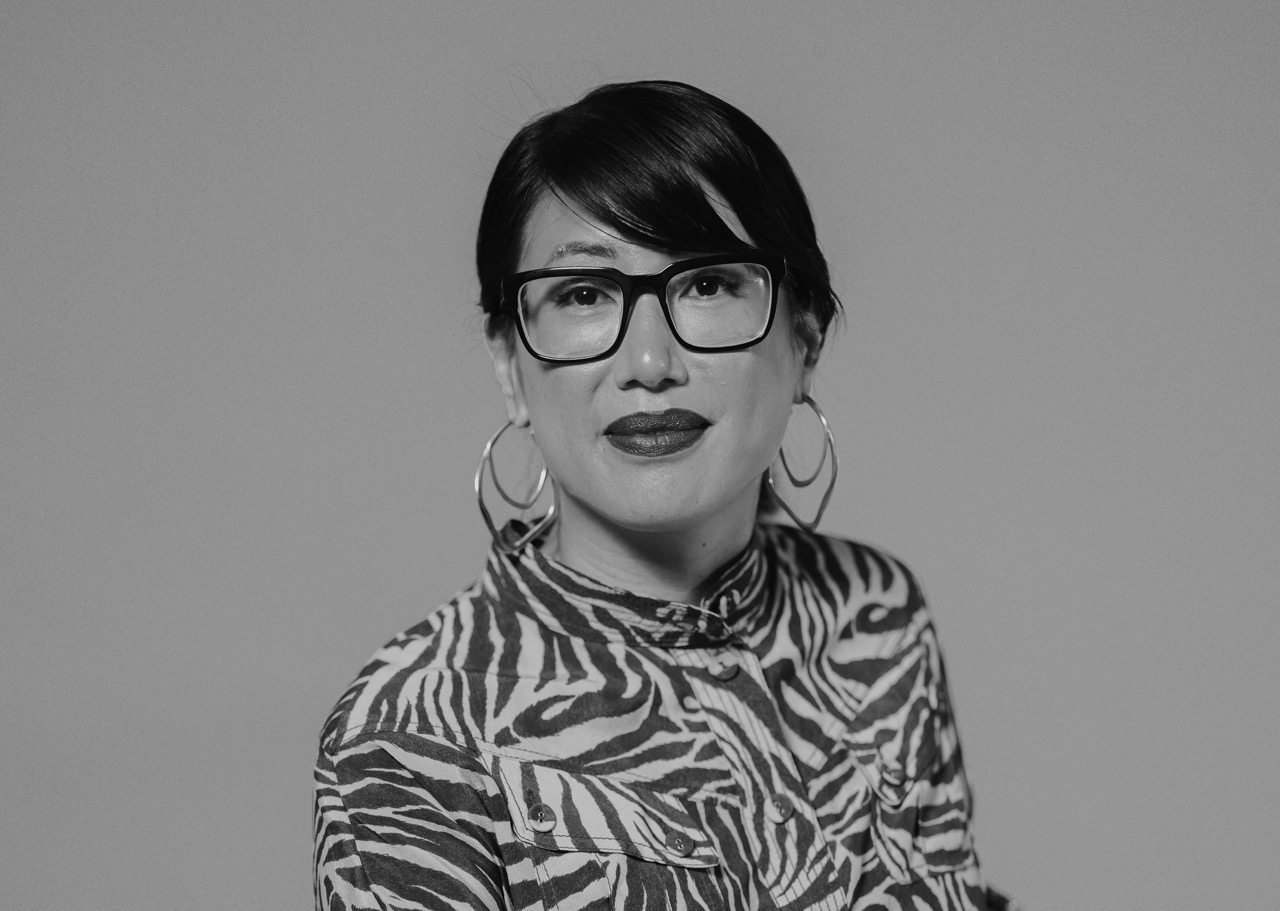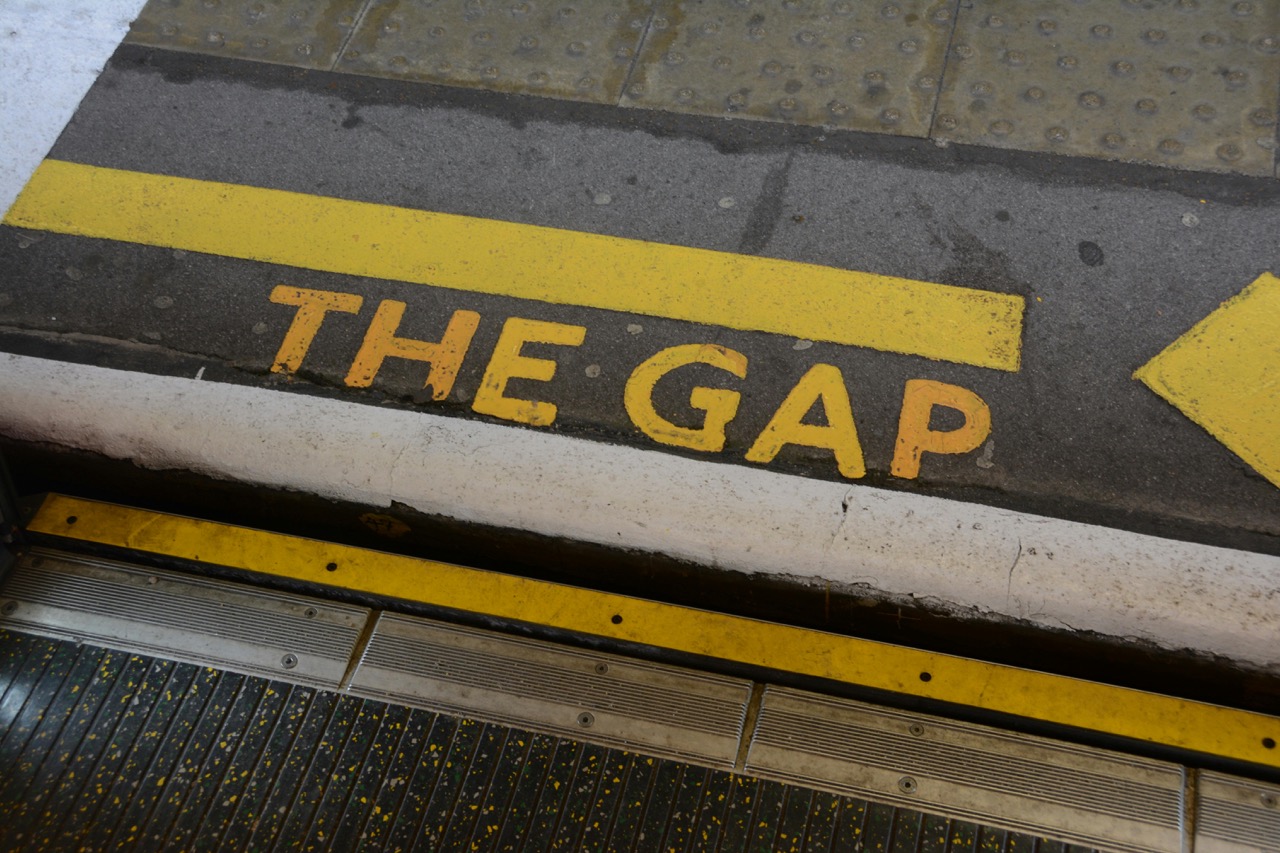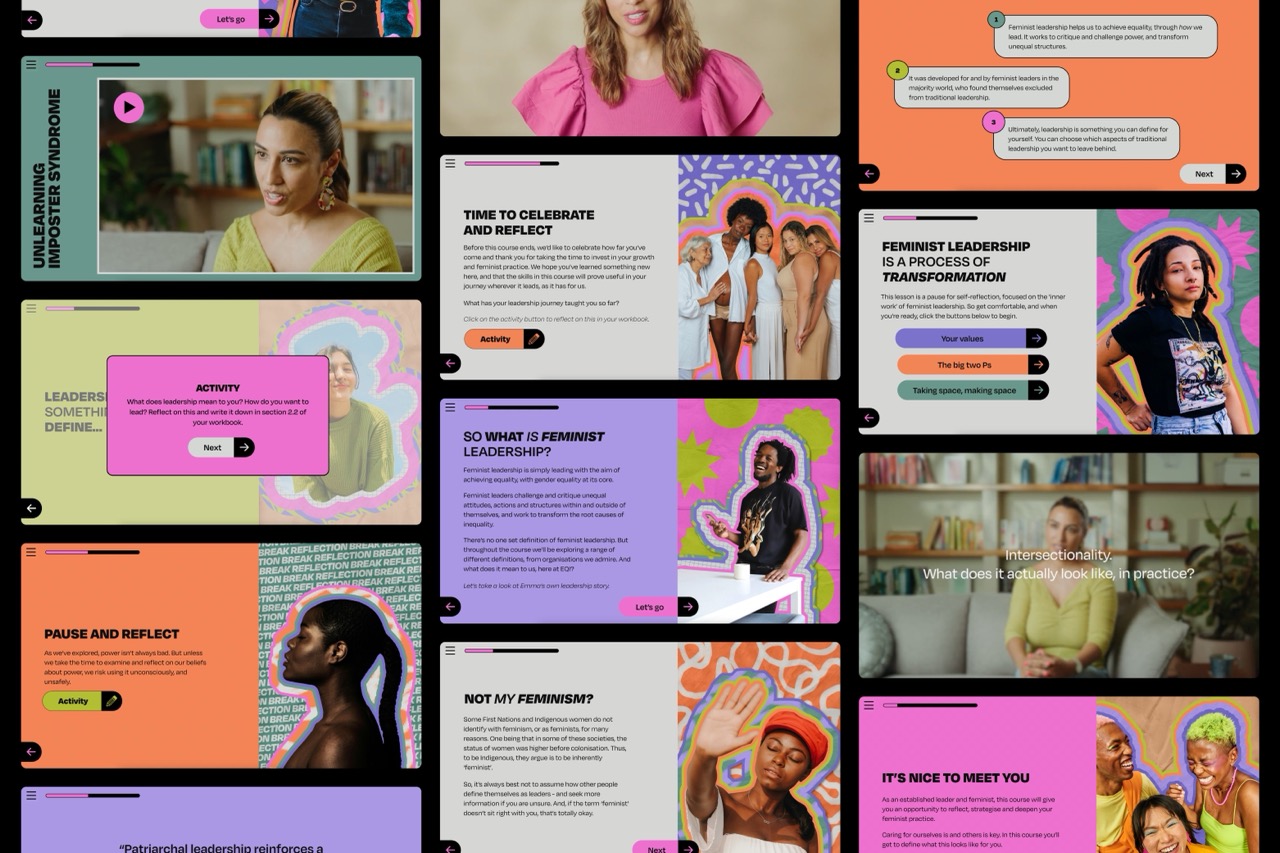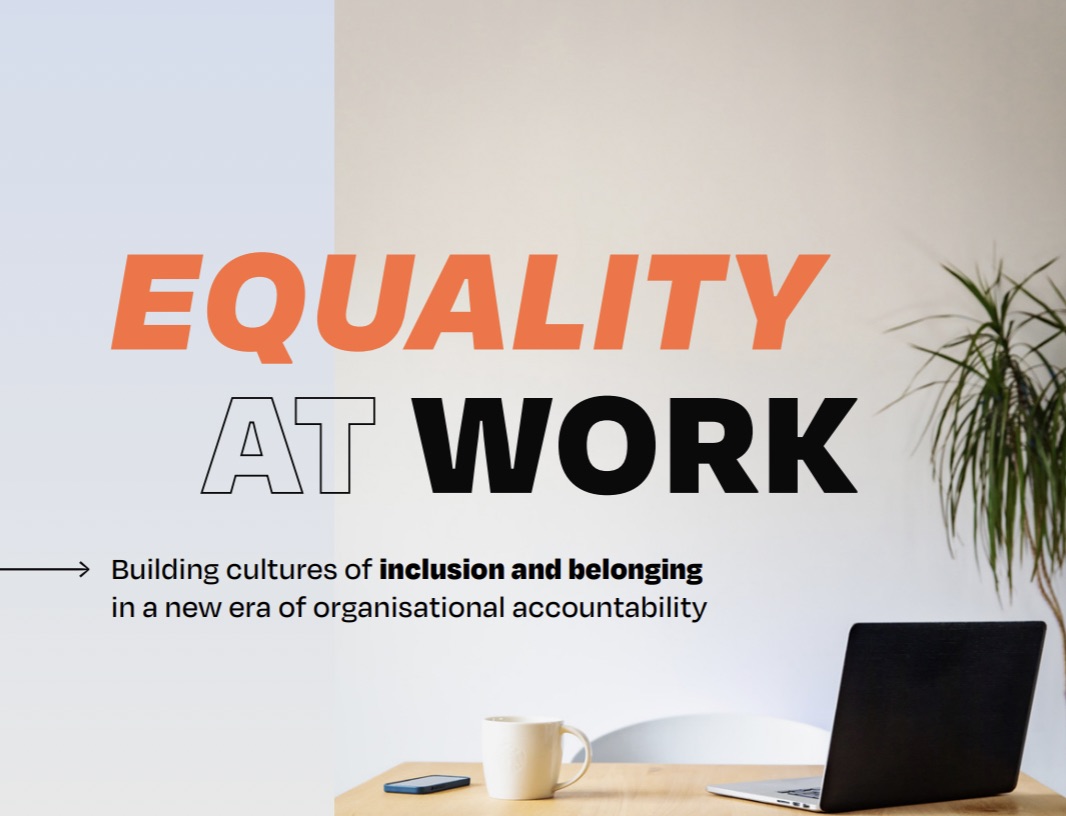What I think was missing from the budget was reform and investment in our future – so things like a plan for opening up the country and supporting skilled migration, investment in renewable energies and higher education, and removing structural barriers to women’s participation in the economy – things that will lay the foundation for productivity improvement and growth in the future. There was a lot of spending on things that are worthwhile like aged care and mental health, but less on reform to build future productivity and wellbeing.
The Australian budget included a women’s budget statement which is useful to see what investment was targeted towards women, but it’s just as important to also look at the things that were not in the statement. If we made a men’s budget statement, what would it say? We could be really transparent and identify all of the funding that largely benefits the middle class and wealthy men and continues to entrench financial inequality – that would be illuminating. Things like the personal income tax cuts, infrastructure spending, apprenticeship funding are all more likely to benefit men.
More than anything, I see it as a missed opportunity. We know that family violence increased during COVID as women were at home with violent partners for extended periods of time, with the added stress of health and financial concerns. We know that women’s employment was disproportionately impacted by COVID as industries such as retail and hospitality, were shut down for periods of time. And we know that women bore the majority of the caregiving burden during COVID. If we acknowledge that COVID has increased inequality, there are a range of measures that we could take to address it rather than to do the same as what we did before – childcare, superannuation, education, sexual harassment. I’d like to see some radical change in these systems to not only remove barriers (equality) but actively support and encourage women to learn, earn and invest (equity).
There are so many things that are important to talk about with women and money!
We can take a lifecycle view and look at what we teach girls from a young age about money and earning money. Did you know that girls on average earn less pocket money than boys? And some studies have shown that the gender pay gap emerges even as teenagers in low-skilled jobs. Girls are socially conditioned to believe that they are not as good with money and discrimination about income generation starts so early.
Then if we talk about the gender pay gap, it only focuses on women who are in paid work, but there are an estimated 4.1 million women who aren’t in the paid workforce or looking for work (they are in the workforce for sure – they are just doing unpaid and largely invisible work). There are over 330,000 looking for work and there are women who are in the workforce but would like to work more than they currently do.
We have to ask ourselves, how have we structured our social and economic structures and norms to entrench barriers to women making money and accumulating wealth?
Things like rigid gender roles in the home where women do the majority of housework and caring is a systemic barrier to women working, earning and accumulating wealth. I recently learned that an indicator of whether someone enters aged care is whether you have a daughter or not! Shocking but also not shocking. If you are elderly and have a daughter, the social expectation is that the daughter will care for you but if you have a son, you’re off to an aged care facility!
Women undertake a huge proportion of unpaid labour in this economy, and it simply couldn’t function without women’s work. One study of unpaid labour by PwC in 2017, estimated that the value of the unpaid economy was at around $565 billion – around a third of the economy – and the vast majority of this is childcare. What would our society and economy look like if we genuinely valued women’s labour? Caring for children – if we look at it in transactional terms – benefits this current generation because they are the future taxpayers that fund government services. We expect the burden to be borne by individuals in terms of caring effort and foregone income, but the benefits are borne by the entire community. What if we saw women’s caregiving as an investment for the entire community and future economy?
This wonderful quote by Melinda Gates pretty much sums it up “Girls today will spend hundreds of thousands more hours than boys doing unpaid work simply because society assumes it’s their responsibility”. And I would add, the converse is that boys are expected to go out and earn money, which means they get the learning and development, personal growth, self-esteem, income and status that is associated with paid work.
And of the women that do work in paid employment, there is a gender pay gap, a glass ceiling, sexual harassment and sex discrimination. Then if a woman chooses to have children and take time out from the paid workforce (again, parenting is actually WORK), she loses all of her superannuation earnings for the time that she has taken off. There is evidence to highlight a 35% gap in super between men and women. In my own life, I took 3 years of parental leave in total, one year for each child and worked four years part-time. I did the sums and just the foregone super contributions, during parental leave, adds up to an extra $200,000 in retirement income. That’s a lot of income and insurance should anything go awry with my health or my family’s health when I’m no longer in paid employment.
Then there are women entrepreneurs and there’s systemic inequality for women founders to attract capital investment in their enterprises.
At every step of our lives, from when we are very young, women and girls are systematically excluded from learning, earning, saving and investing. And then because society conditions us, it’s very easy to internalise those barriers and discrimination and not to continue to question and challenge. Ok, rant over.




